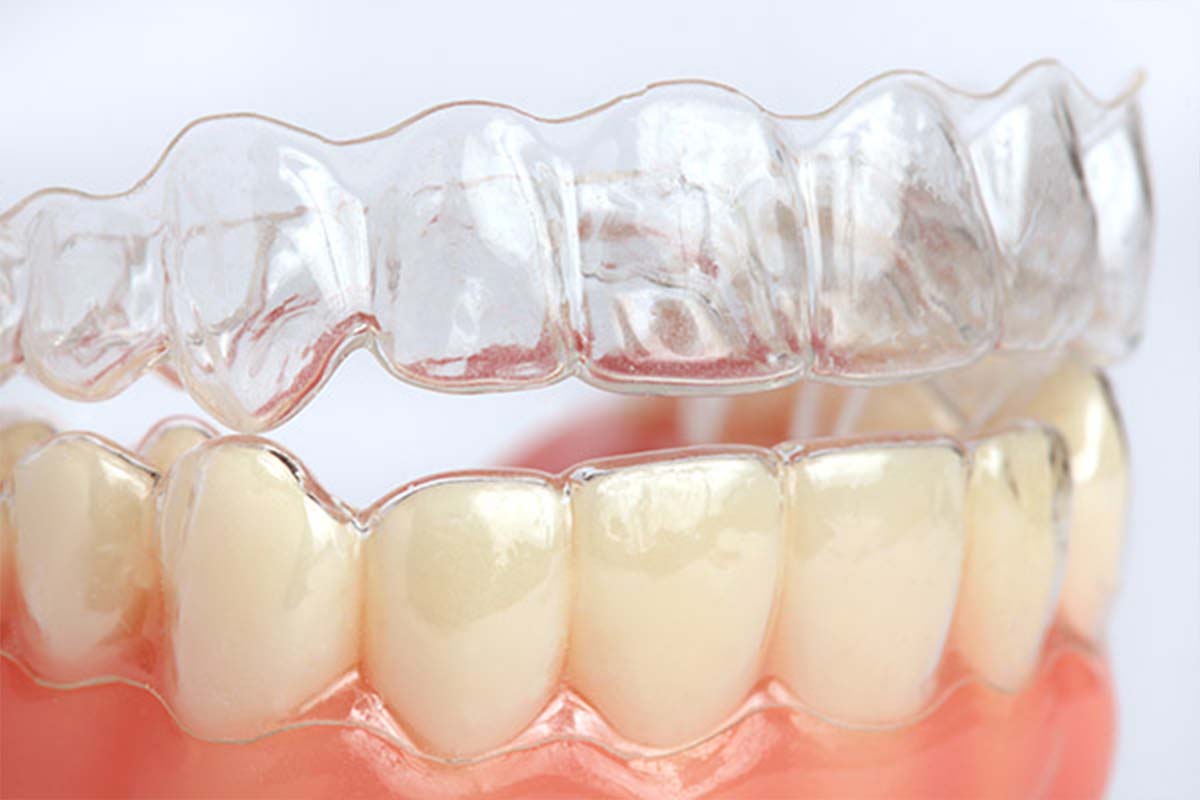Orthodontic treatments have come a long way from the bulky metal braces of yesteryears. Today, patients seeking to straighten their teeth can choose between clear aligners and traditional braces, each offering distinct advantages. While clear aligners provide a discreet and flexible solution, traditional braces are known for their reliability and effectiveness. This article aims to delve into the comparison between clear aligners and traditional braces, helping you determine which option is best suited for your orthodontic journey.
The Fundamentals of Clear Aligners
Clear aligners, such as Invisalign, have revolutionized orthodontic treatment by offering a virtually invisible and removable alternative to traditional braces. Made from medical-grade plastic, clear aligners are custom-designed to fit snugly over the teeth, gradually shifting them into the desired position. The treatment typically involves a series of aligner trays that are changed every two weeks, each tray progressively moving the teeth closer to the final alignment.
Advantages of Clear Aligners
One of the most significant benefits of clear aligners is their discreet appearance. Unlike traditional braces, clear aligners are nearly invisible, making them an attractive option for adults and teenagers who may feel self-conscious about wearing braces. Additionally, clear aligners are removable, allowing patients to eat, drink, brush, and floss without any restrictions. This flexibility enhances oral hygiene and reduces the risk of cavities and gum disease during treatment.
Clear aligners also tend to be more comfortable than traditional braces. Without brackets and wires, there is less likelihood of irritation to the cheeks and gums. Moreover, the digital planning process for clear aligners enables precise customization, ensuring a tailored fit for each patient.
Drawbacks of Clear Aligners
Despite their many benefits, clear aligners are not without limitations. For one, they require a high level of compliance from patients. Aligners must be worn for 20-22 hours a day to achieve optimal results, and failure to do so can prolong the treatment duration. Additionally, clear aligners may not be suitable for more complex orthodontic cases that require significant tooth movement or jaw alignment.
Another consideration is the cost. Clear aligners tend to be more expensive than traditional braces, which may be a determining factor for some patients. Lastly, while clear aligners are generally more comfortable, they can still cause mild discomfort during the initial adjustment period and when switching to a new set of trays.
Traditional Braces: An Overview
Traditional braces have been a staple in orthodontic treatment for decades. Comprising metal brackets affixed to the teeth and connected by wires and elastics, traditional braces apply continuous pressure to move teeth into the desired position. Modern advancements have introduced ceramic and lingual braces, offering more aesthetically pleasing options compared to conventional metal braces.
Advantages of Traditional Braces
One of the primary advantages of traditional braces is their effectiveness in treating a wide range of orthodontic issues. From minor spacing problems to complex bite corrections, traditional braces can address various dental concerns with precision. They are particularly effective for patients who require significant tooth movement or jaw realignment.
Traditional braces do not rely on patient compliance to the same extent as clear aligners. Since they are fixed to the teeth, patients do not need to worry about remembering to wear them. This makes traditional braces a suitable option for children and adolescents who may struggle with the responsibility of wearing aligners consistently.
Drawbacks of Traditional Braces
Despite their effectiveness, traditional braces come with certain disadvantages. The most notable is their visibility. Metal braces, in particular, are conspicuous and may cause self-esteem issues for some patients. While ceramic and lingual braces offer more discreet alternatives, they can still be noticeable and may come at a higher cost.
Traditional braces also require dietary modifications, as certain foods can damage the brackets and wires. Patients must avoid hard, sticky, and chewy foods to prevent complications during treatment. Additionally, maintaining oral hygiene can be challenging with traditional braces, as food particles can become trapped, increasing the risk of cavities and gum disease.
Comfort is another consideration. The brackets and wires of traditional braces can cause irritation to the cheeks and gums, especially during the initial adjustment period and after routine tightening appointments. However, advancements in orthodontic technology have led to more comfortable and efficient braces in recent years.
Conclusion
Choosing between clear aligners and traditional braces ultimately depends on individual preferences, orthodontic needs, and lifestyle considerations. Clear aligners offer a discreet, flexible, and comfortable solution, making them ideal for patients seeking a less noticeable treatment option. However, they require strict compliance and may not be suitable for complex cases. On the other hand, traditional braces provide reliable and effective results for a broad range of orthodontic issues, with the trade-off of visibility and dietary restrictions. Consulting with an orthodontist is crucial to determine the best course of action for achieving a healthy and beautiful smile.


